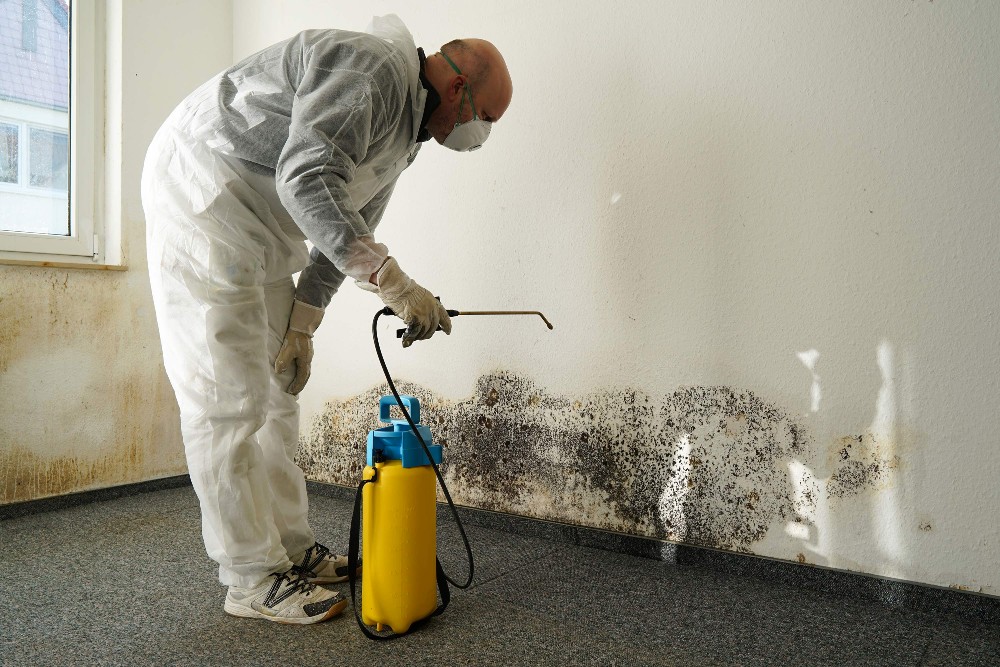
Things to know about the mould removal
Mould is a fungus that grows on walls and surfaces. It can be dangerous for your health, especially if you have asthma or allergies. Most people don’t even know they have a problem until it has spread, so it’s best to get rid of it as soon as possible. Here are some things to know about the mould removal process:
The first step is to dry out your home completely. This may take several days, depending on how much water got into your walls and whether or not you have a dehumidifier. The longer the drying process takes, the more likely it will be for mould to grow again after you’ve cleaned up all the mess caused by flooding or other water damage sources.
If you think there’s mould in your walls but you don’t see any signs of it yet, get an expert in to inspect them before proceeding with any cleaning efforts! You’ll want them to give you advice on whether or not there is any risk of further damage being done by opening up walls or tearing down ceilings — as well as what type of cleaning products to use and where exactly they should be applied.
Mould is hard to get rid of completely
You should always try to prevent mould from growing in your home but if you do discover some, don’t panic! It’s easier than you might think to remove it. If you have a small area of mould, you can use bleach or other cleaners to remove it but if there are large patches of mould, you should hire an expert who knows how best to handle this problem. Mould can be very dangerous if left untreated and can lead to serious health issues so it’s better to leave this task up to professionals.
Mould is a fungus that grows on wet building materials, including bathroom surfaces and walls. It can be found anywhere there has been water damage or a leak. Mould spores are tiny and float through the air, so if you have a mould problem in your home, it’s likely that you’ll find it in multiple places.
Mould can cause allergic reactions, respiratory illnesses and other health problems. If you think you have a mold problem in your home, get rid of it as soon as possible. Here are some things to know about mould removal:
It’s best to remove mould yourself
If you have a small area of mould growth (less than 10 square feet), then it may be possible for you to remove it yourself. Use an anti-mould cleaner recommended by the Environmental Protection Agency (EPA). Some household cleaners contain bleach and should not be used on mould because bleach will only make the problem worse by releasing spores into the air that could trigger more allergies or asthma attacks.
If you’re removing large amounts of mould from your home — for example, if there’s extensive water damage — hire a professional contractor who has experience with this type of job; don’t try to do it yourself. To know more on mould removal in Liverpool, contact us.
